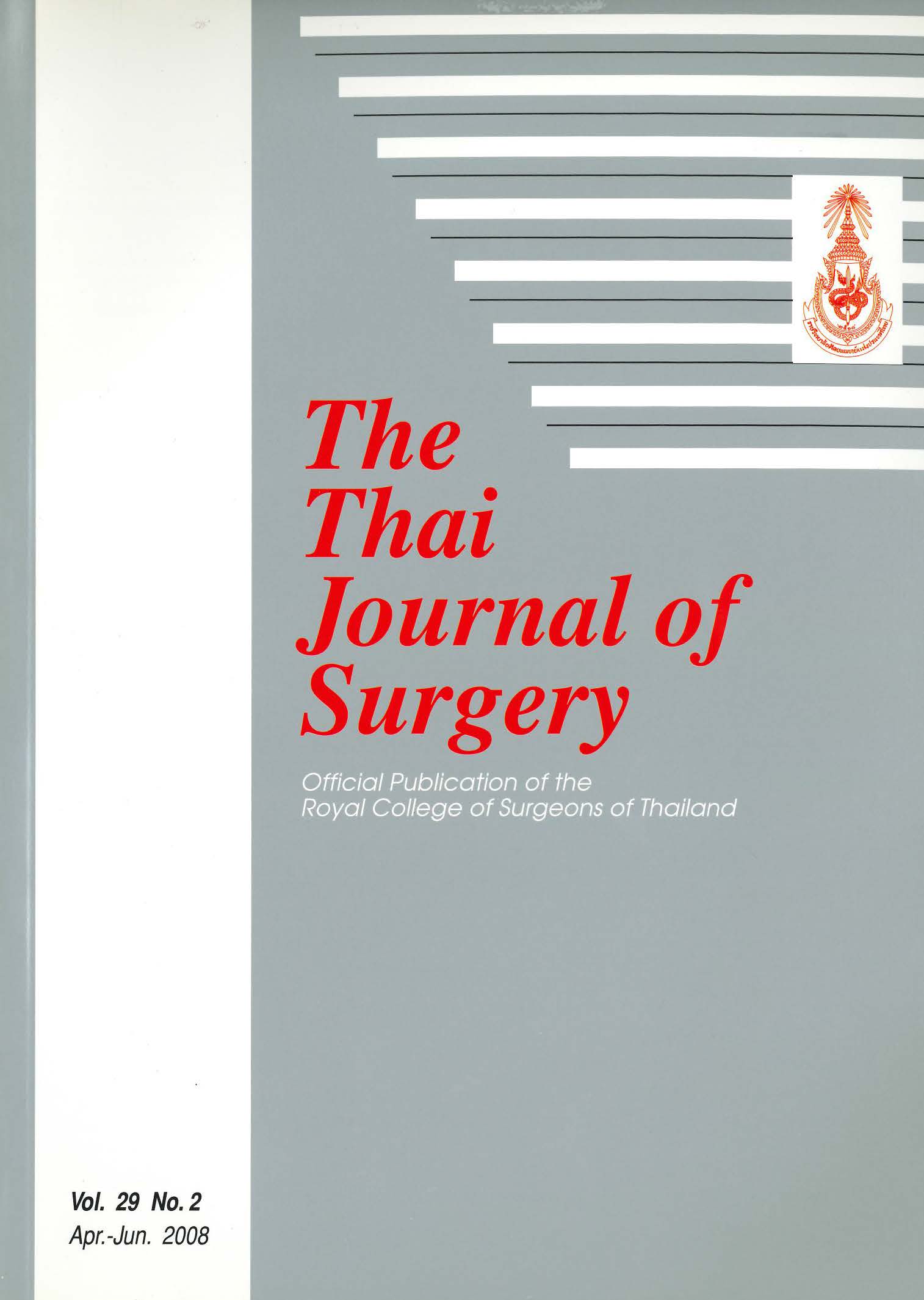Prospective Comparison of Diagnostic Peritoneal Lavage (DPL) and Focused Abdominal Sonography for Trauma (FAST) for the Diagnosis of Hemoperitoneum in Blunt and Penetrating Abdominal Trauma
Abstract
Background: Clinical assessment of intra-abdominal injury following blunt or penetrating trauma may be unreliable, due to the alteration of consciousness, neurological deficit, medications or other associated injuries. Diagnostic peritoneal lavage (DPL) is more accurate than physical examination in assessing abdominal injury. However, it is an invasive procedure and carries risk of organ injuries. Focused Abdominal Sonography for Trauma (FAST) is a focused assessment of the abdomen which is safe, non-invasive, inexpensive and painless and can be completed within 3 minutes.
Materials and Methods: Over a 12 months period from January 2006 to January 2007, FAST was performed in all abdominal trauma patients with indications for DPL. The results were compared with traditional DPL by open technique.
Results: Fifty four patients with abdominal injury were evaluated by FAST and the results were compared with the results of DPL. Forty-eight patients had positive FAST and positive DPL. Five patients had negative FAST but positive DPL. Only one patient had negative FAST and negative DPL. No patient had FAST positive but negative DPL.. The sensitivity and specificity of FAST compared to DPL for detection of hemoperitoneum in this study were 91% and 100%, respectively.
Conclusion: FAST is an efficient and accurate method in the evaluation of hemoperitoneum in blunt and penetrating abdominal trauma compared with DPL.
References
2. Mclellan BA, Hanna SS, Montaya DR. Analysis of peritoneal lavage parameter in blunt abdominal trauma. J trauma 1985:25:393.
3. Glaser K, Tschmelitsch J, Klinger P, et al. Ultrasonography in the management of blunt abdominal and thoracic trauma. Arch Surg 1994;129:743-7.
4. Chie WC, Cushing BM, Rodriguez A, et al, Abdominal injuries without haemoperitoneum: a potential limitation of focused abdominal sonography for trauma (FAST). J Trauma 1997:42:617-23.
5. McGahan JP, Rose J, Coates TI, Wisnes DH, Newberry P. Use of ultrasonography in the patient with acute abdominal trauma. J Ultrasound Med 1997;16:653-62.
6. Hoffmann R, Nerlich M, Muggia-Sullam M, et al. Blunt abdominal trauma in case of multiple trauma evaluated by ultrasonography: A prospective analysis of 291 patients. J Trauma 1992;32:452-8.
7. Porter RS, Nester BA, Dalsey WC, et al. Use of ultrasound to determine need for laparotomy in trauma patients. Ann Emerg Med 1997:29:3263-330.
8. Sarkisiam AE, Khondkarian RA, Amirbekian NM, et al. Sonographic screening of mass casualties for abdominal and renal injuries following the 1988 American earthquake. J trauma 1991:31;247-50.
9. Rozycki GS, Shackford SR, Ultrasound: What every trauma surgeon should know. J Trauma 1996;40:1-4.
10. Ma OJ, Mateer JR, Ogata M, Kefer MP, Wittmann D, Apra-hamian C. Prospective analysis of a rapid trauma ultra-sound examination performed by emergency physicians. J Trauma 1995:38:879-85.
11. Buzzas GR, Dern SJ, Smith RS, Harrison PB, Helmer SD, Reed JA. A comparison of sonographic examinations for trauma performed by surgeons and radiologists. J Trauma 1998;44:604-6.
Downloads
Published
How to Cite
Issue
Section
License
Articles must be contributed solely to The Thai Journal of Surgery and when published become the property of the Royal College of Surgeons of Thailand. The Royal College of Surgeons of Thailand reserves copyright on all published materials and such materials may not be reproduced in any form without the written permission.



